The Gold Cube was the most recent of my novelty cube ideas that I built up and tested. I am sure it is an idea that has been done many times before, I am not trying to claim any originality here, just going to talk about my findings and experience a little. I only really did this project because, unlike me, my play group love a gold card. As a cube curator I think gold cards clog up space by being all narrow and I generally resent them for it! I keep my gold sections to a minimum which apparently means my playgroup is starved of attention from gold cards. Further to that I have a huge swathe of gold cards that have had very little play time as I collect new cards, test them out, then quickly cull them for ever more. Being typically more powerful that a similar card of fewer colours a lot of gold cards get tried out in cube, but being inherently narrow, very few last. To make some better use out of this huge pile of gold stuff and to appease my mates I designed this cube. Below is a list of where my list started but it fairly quickly evolved as I learned about the format.
https://cubecobra.com/cube/list/ro3r?view=spoiler
The first thing to note is that I started with a base of about 50 odd cards that are very much not gold cards! The idea of a cube without one drops, or at least, without many, initially appalled me! I didn't want a format where Deathrite Shaman and Figure of Destiny were the two best cards simply because they are the only top rate gold one drops.... It turns out that it was worse having a gold cube where all the best cards and important picks were not gold. The best deck in that first meta was a blue red tempo deck with as few gold cards as possible... With that initial design fail handled I got over the one drop situation and cut everything that wasn't a gold card, a land, or an artifact, the latter groups of which were almost exclusively there to assist with fixing.
It turned out to be a bit of a blessing culling the one drops from the cube as it allows you to play slower mana bases with better fixing, and this is important. You need a lot more fixing and almost all the best lands for doing this enter tapped. The best lands for this cube are the Triomes and the original set of Tri lands. Closely followed by the Vivid and Thriving lands. In sealed deck I would often just play the three colours that I had both the Triomes for. A Savage Lands and a Ziatora's Proving Grounds in my pool and I am looking like a Jund player! The Temple cycle also proved really good as they were one of the few ways you could proactively and relevantly enhance your game on turn one. It was hard to do a better opener than a Temple.
I found that the Gold Cube somewhat built itself as we started playing it. Things are stretched somewhat so you are forced towards the best build fairly quickly. In essence, fewer options here helps you arrive at or near the optimal quickly. You need a lot of fixing and thus a lot of lands, but equally, you can't dedicate too many slots to fixing and so the sweet spot is much more heavily highlighted that it is in normal cube. You also only have about 300 cards per colour pair significantly reducing your options. Especially when you are trying to have sensible looking curves in your guilds. With so many fewer cards you can obviously expect a much greater degree of separation in power between your best cards and your worst cards. The best being some of the most powerful cards in cube already, and the worst being a long way worse. In many cases I was playing basically every playable card at that spot on the curve in each guild. This also sharpens focus somewhat but it did also reduce variation a little.
Decks tending towards being three colour midrange good stuff piles and the players who won were those that got the highest density of the good cards and cast them. There felt like there was rather less drafting and play skill involved and rather more luck of the draw. Indeed, we got really bored of the best gold cards almost instantly. The reason I have been doing all these side projects is boredom with more conventional magic. In trying to escape things like The Scarab God and Teferi I had actually made a format where they were more common and more oppressive. As such I cut all the gold cards that appeared in my main cube from the Gold Cube and proceeded to have a lot more fun with it there after.
Although the quality of games was lower than with more traditional cubes this wasn't a big deal. The experience was different and fun enough that it was overall a pretty positive thing. Lots of cards that have never played with or against each other got to do so and lots of quirky cool things happened. Games had a habit of ending quickly. There were certainly some long grindy games as you might expect with a midrange centric meta, but the average game was shorter than with my normal cube. This was for two reasons as far as I could tell. The gold cards are typically quite powerful, reachy, threats. Often quirky ones as well that are awkward to answer or contain. A lot of random cards would just hit the table and end the game in short order. This is exacerbated by the second factor, which is just that there isn't all that much good removal in the gold cube. Gold cards are naturally that bit more expensive on average, not to mention more colour intense. This means that the cheap removal isn't as cheap or easy to cast. When most of your removal is expensive clunk you wind up having to play less of it even if you pick up plenty. A lot of games just turn into players dumping massive haymaker threats into play until one trumps what is going on and takes the game! A very Timmy experience! This shorter game went nicely hand in hand with the more Timmy experience and seemed to be well enjoyed despite the clear flaws of the format.
The worst flaws were actually logistic ones rather than gameplay ones. It is essentially a limited magic set but rather than 5 colours, it is effectively 10 colours. Three colour decks are the norm and the equivalent of a two colour deck in normal limited. A two colour deck is really hard to do in gold cube and somewhat like a mono deck. All this madness meant that sealed deck was a chore. You had to sort everything into a million different piles to assess what you had. This meant loads of space needed, lots of attention required, and a bit more time needed too. This just got a little tedious after a while. Draft wasn't unaffected either. While sorting wasn't an issue there the effective existence of extra colours (10 rather than 5) was. There simply wasn't all that much competition. If you all focus on mainly one guild then there are still some guilds without people in them. It also means that when you drop below 8 drafters the rate at which competition for cards drops is way way faster than for conventional cubes. The Gold Cube does not play well with fewer numbers. Indeed it might be best if drafted with like 12-16 players or something mad! Comically I then tried to design a fully colourless cube, and toyed with designs for cubes with fewer than five colours, to increase the tension in draft. Essentially trying to reverse the problem encountered with the Gold Cube and turn it into a positive. I managed to write that up and post it back in May! It was a much smaller project than the gold cube but it was fully inspired by it. We also did a couple of drafts of the normal cube without white and without blue a few times each when we were light on numbers. The tragedy of that experiment was that no one really cared or noticed or had any comment or observation. That probably means it is a good thing, but equally, we haven't done it since, or talked about it or anything like that...
All in all the Gold Cube was a pretty positive experiment that I am sure will be revisited. It was imperfect but imperfect in all the right sort of ways. If you want that sort of experience then it delivers. One logistical perk of the Gold Cube is that it uses very few cards from my main cube, or did once I cut the mono coloured cards and the gold cards with overlap. It was then just some fixing artifacts and the premium dual lands. This makes it quite easy to have multiple cubes built up and functioning at once. Most of my other cube designs have too much intertwined overlap to be able to easily port between the two. The B Cube was the only other cube I have managed to successfully run alongside my main cube and played interchangeably. The Gold Cube has the added advantage of being fun and different which the B Cube somewhat failed at doing. This means there is actually some benefit to be had from having both playable at the same time! Parting gem of wisdom - Niv-Mizzet Reborn is really rather good in gold cube. While perhaps not the best card in the set it is certainly the card most improved upon its performance in other formats!
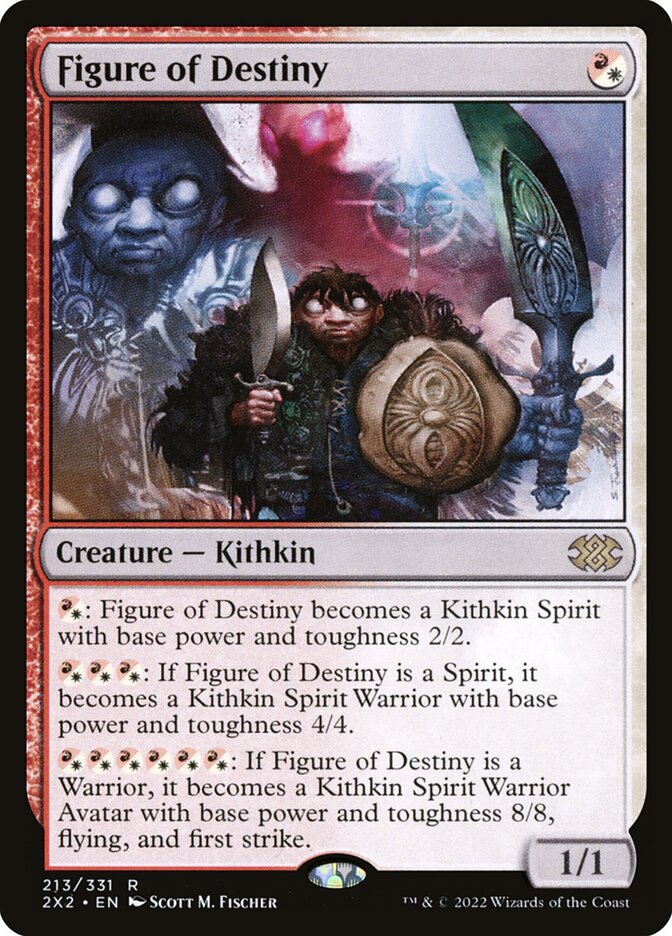
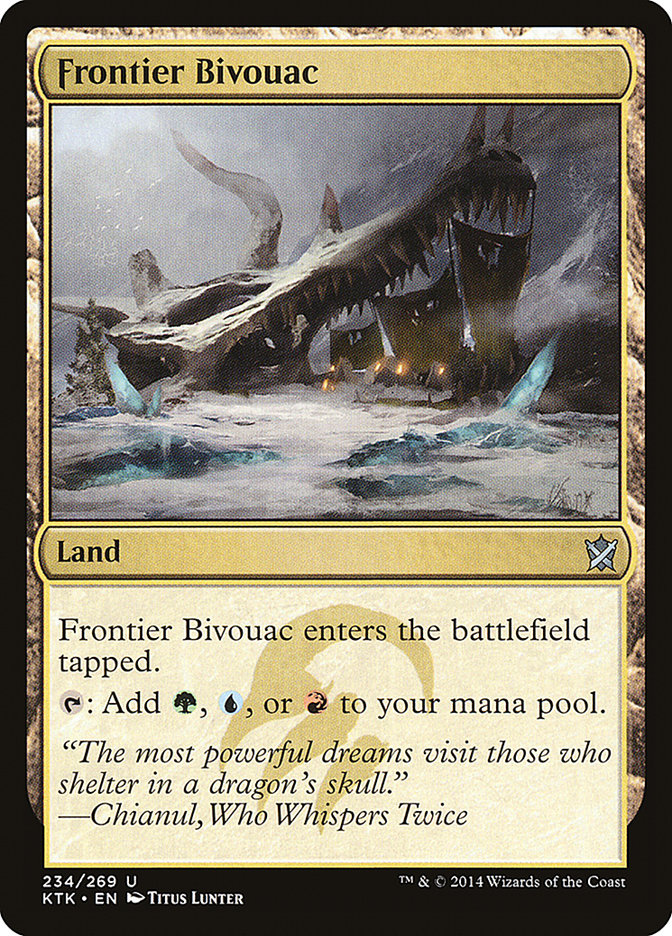
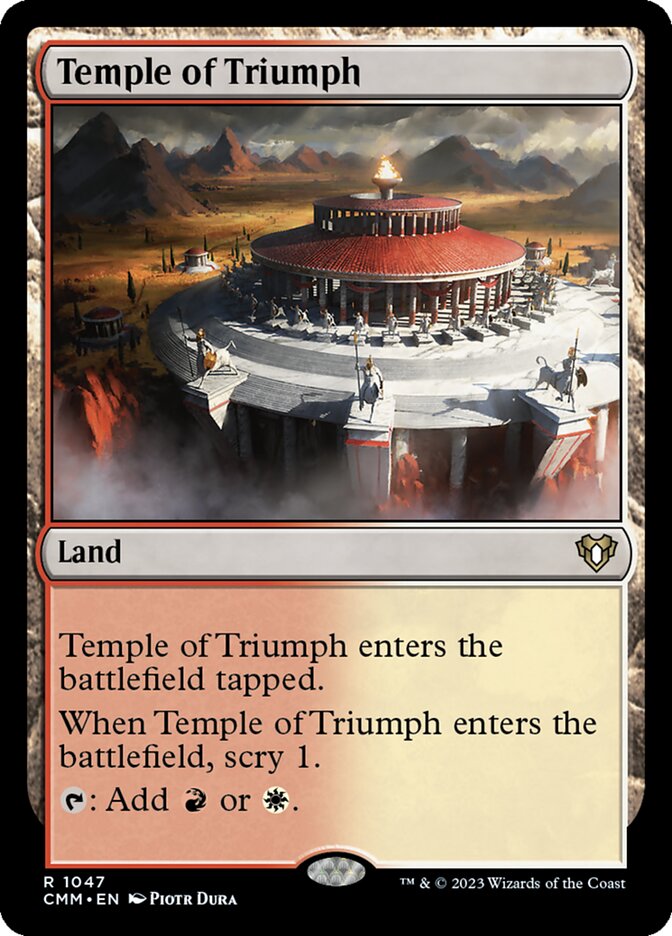
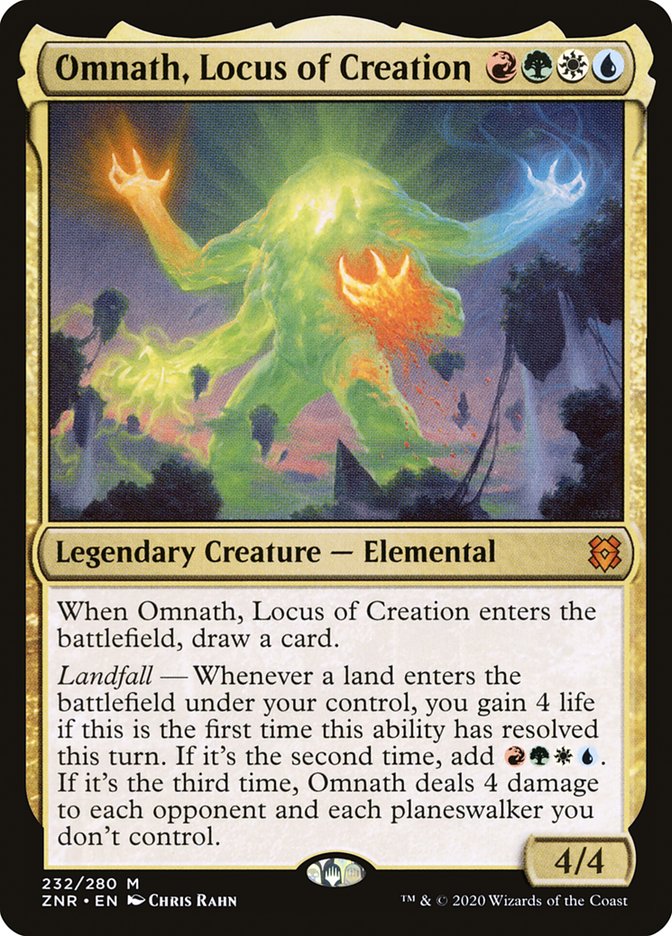
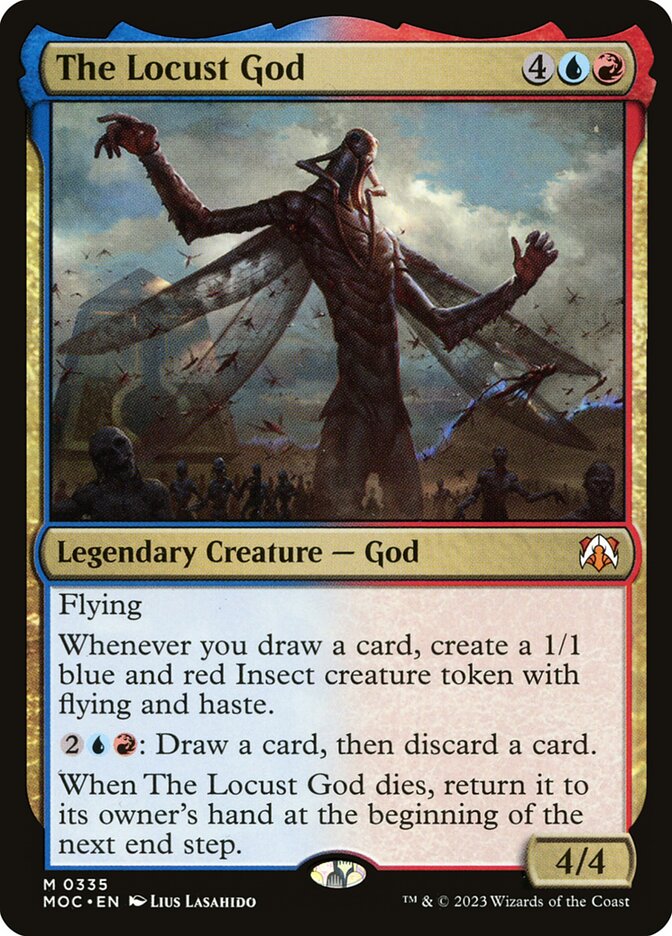
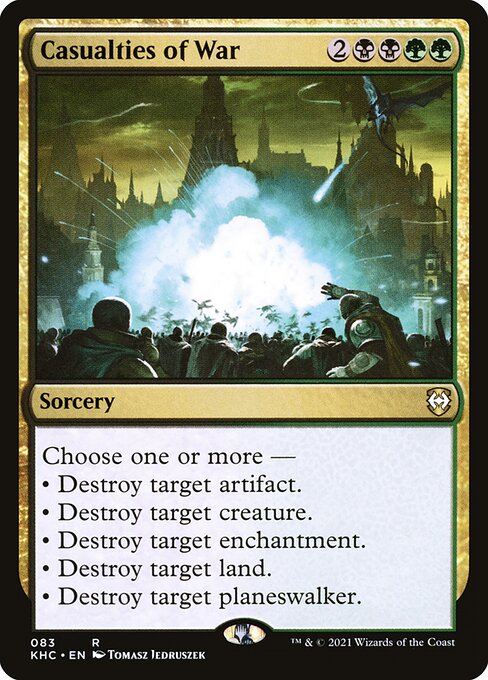
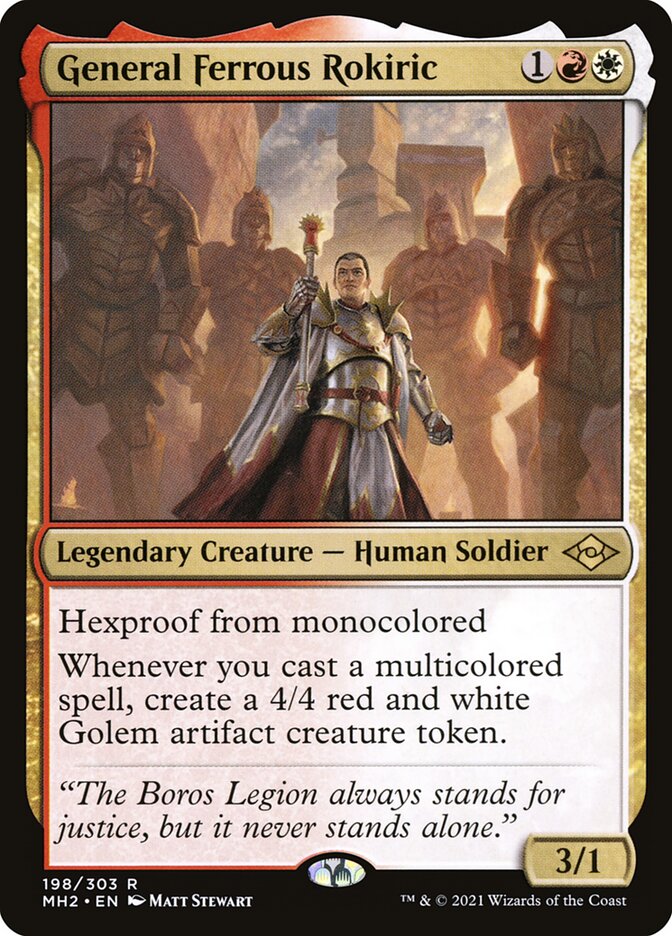
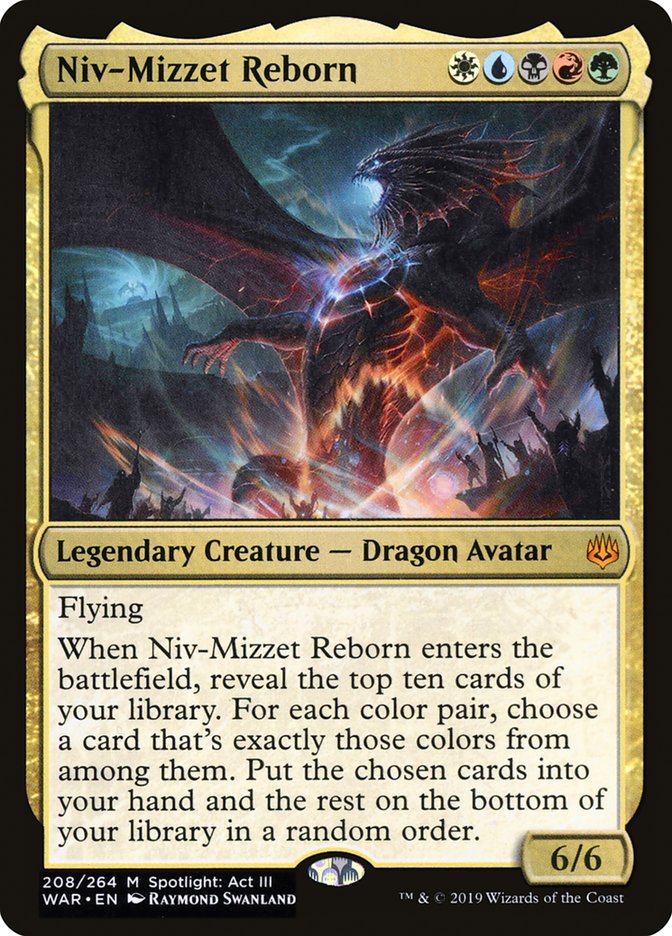
No comments:
Post a Comment